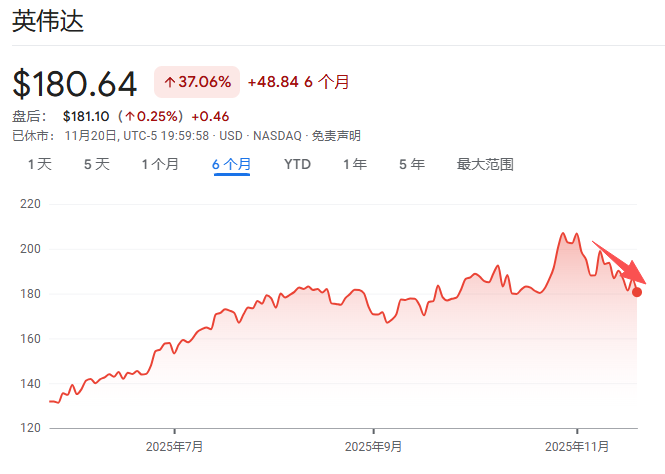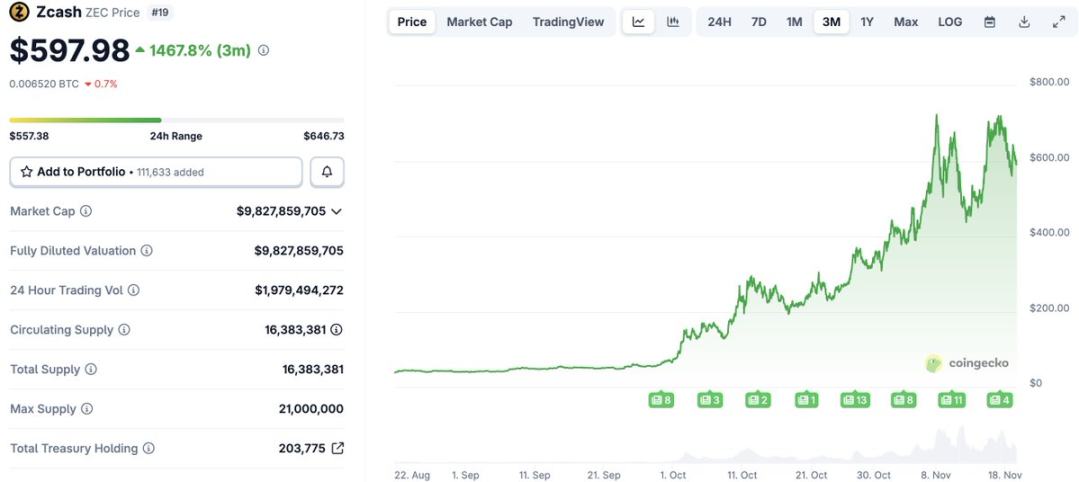Miners Selling Accelerates as Macroeconomic Concerns Escalate
Recent data reveals that Bitcoin miners have picked up the pace of their BTC sales. This selling spree coincides with heightened macroeconomic anxiety, triggered mainly by high US inflation indicators.
According to the on-chain data platform Glassnode, Bitcoin miner wallet balances consistently declined from August 11 to August 23.
Sharp Contrast: From Accumulation to Selling
This period directly follows the release of a series of US inflation reports, including the CPI and PPI, which dampened market expectations for Federal Reserve rate cuts. Bitcoin experienced a sharp drop, falling to as low as $108,600 at one point. Altcoin prices saw even greater declines.
Specifically, approximately 4,207 BTC, worth about $485 million, were moved from miner wallets for sale during this time.
This marks a significant reversal from their behavior between April and July, when they accumulated 6,675 BTC in line with a stable, upward trend in the US stock market.
Typically, the amount of Bitcoin miners sold is insufficient to reverse market trends single-handedly. However, their large-scale selling can influence the market during critical turning points. Miner reserves total 63,736 BTC, valued at over $7.1 billion.
Will PCE Data Trigger Further Sales?
Glassnode data shows no significant additional selling from miners since August 25. However, if adverse macroeconomic factors emerge, there is a strong possibility of resumed selling.
The US PCE inflation data is scheduled for release this Friday. The market consensus forecasts a 2.9% year-over-year increase for Core PCE and a 2.6% rise for Headline PCE.
If these figures exceed expectations, miners could resume liquidating their holdings. As of reporting time, 10:00 am UTC, Bitcoin is trading around $109,800, down more than 2.8% from the previous day.
The post Miners Selling Accelerates as Macroeconomic Concerns Escalate appeared first on BeInCrypto.
Disclaimer: The content of this article solely reflects the author's opinion and does not represent the platform in any capacity. This article is not intended to serve as a reference for making investment decisions.
You may also like
Has the four-year cycle of Bitcoin failed?
The various anomalies in this cycle—including waning sentiment, weakening returns, disrupted rhythms, and institutional dominance—have indeed led the market to intuitively feel that the familiar four-year cycle is no longer effective.

At an internal Nvidia meeting, Jensen Huang admitted: It's too difficult. "If we do well, it's an AI bubble," and "if we fall even slightly short of expectations, the whole world will collapse."
Jensen Huang has rarely admitted that Nvidia is now facing an unsolvable dilemma: if its performance is outstanding, it will be accused of fueling the AI bubble; if its performance disappoints, it will be seen as evidence that the bubble has burst.

After a 1460% Surge: Reassessing the Value Foundation of ZEC
Narratives and sentiment can create myths, but fundamentals determine how far those myths can go.

The demise of a DAT company
The $1 billion Ethereum DAT plan led by Li Lin and others has been shelved due to the bear market, and funds have been returned. This "going with the flow" approach may reflect consideration of investor sentiment.
